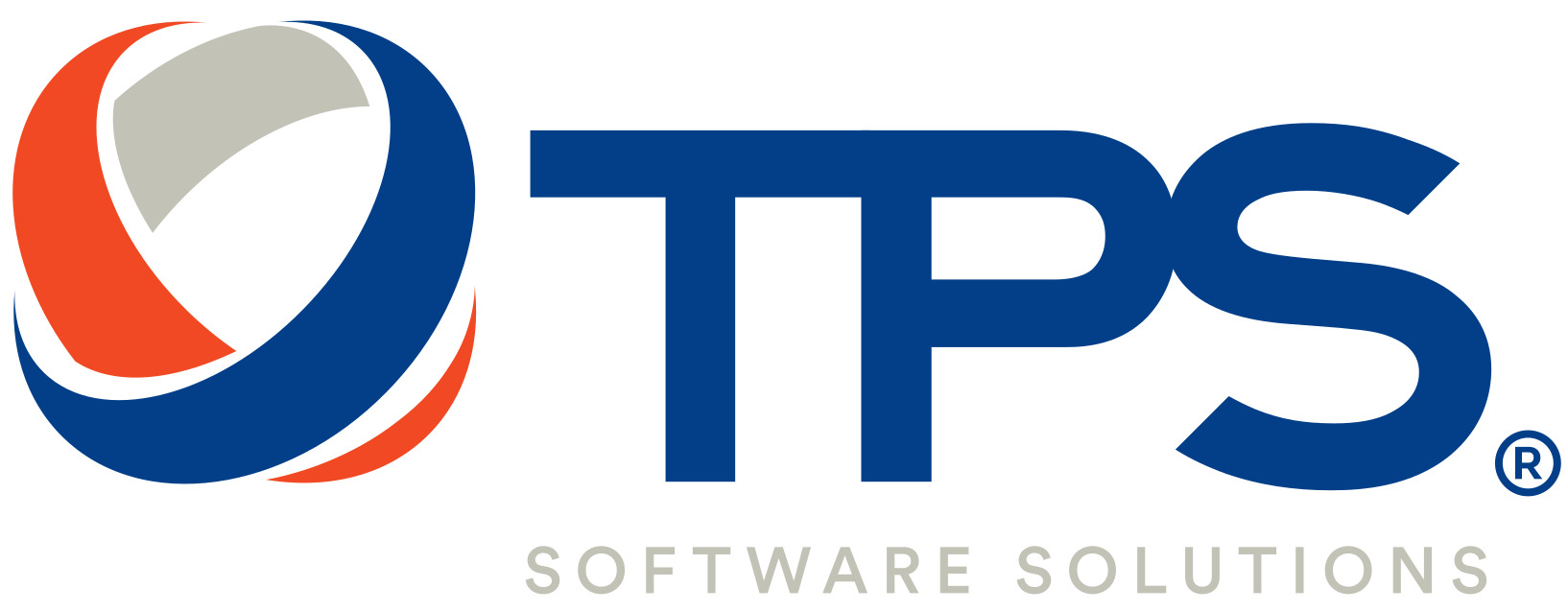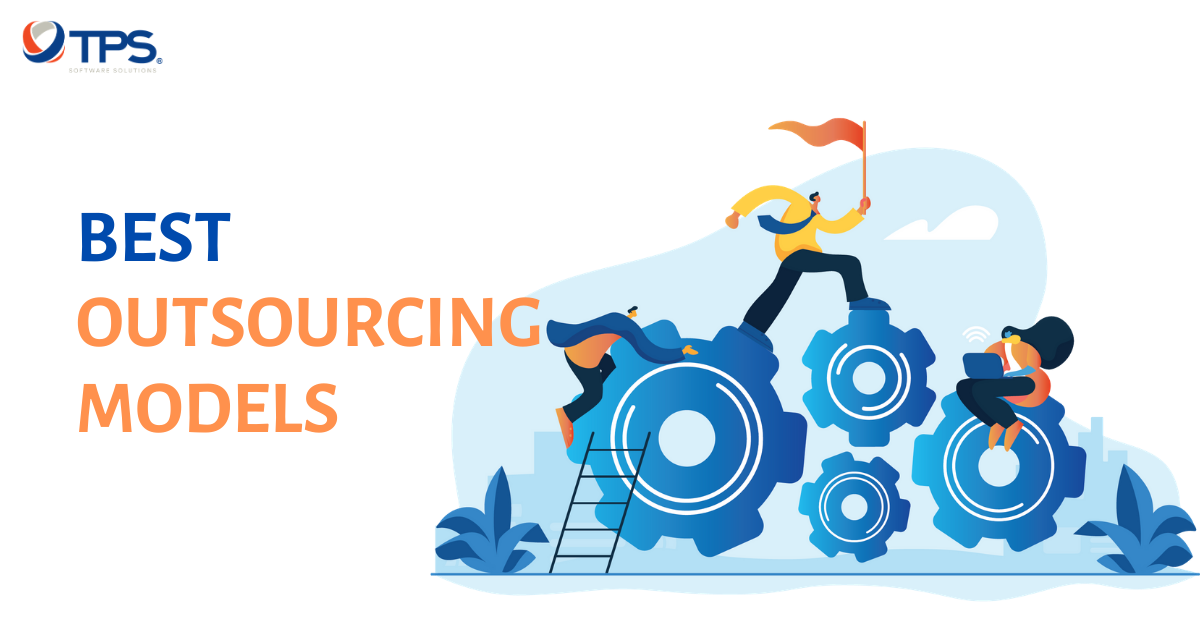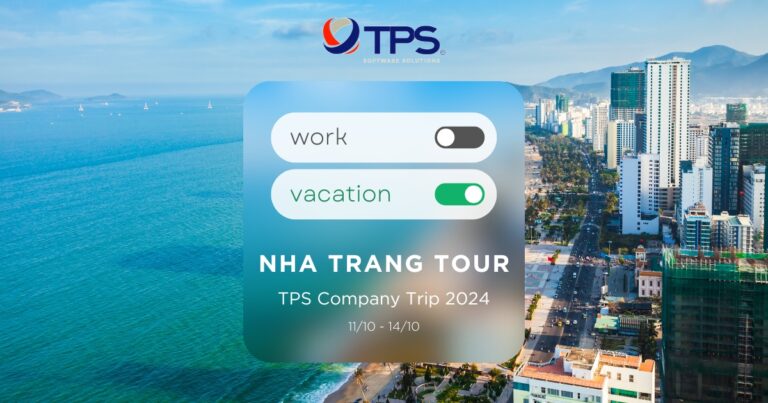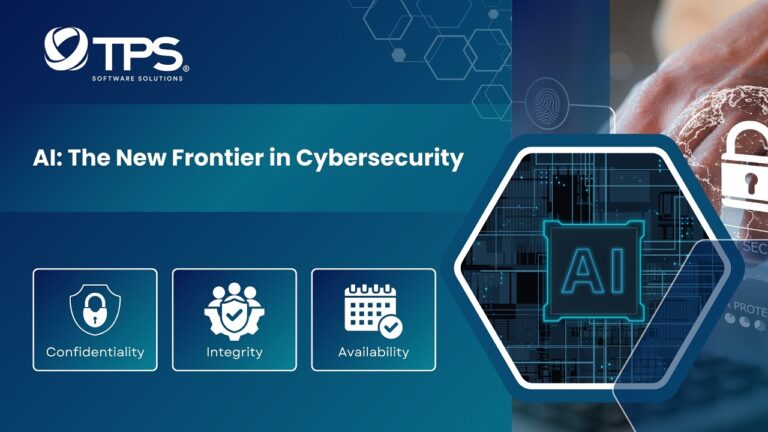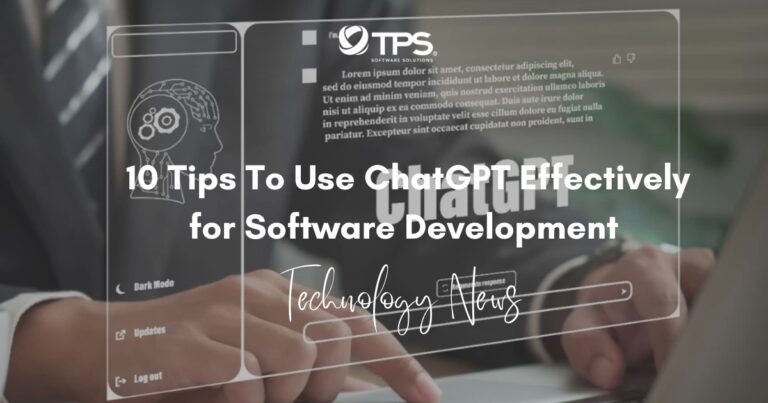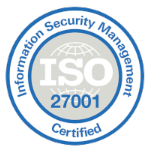In the lightning speed development of technology, to keep the competitiveness, more and more businesses are turning to software development outsourcing. According to the report of Deloitte, from 2016 to 2018, there was an increase from 20% to 49% in the number of organizations moving to outsourced providers as they innovate. As the Harvard Business Review states, “Full-time employees are the most expensive and least flexible source of labor.” That’s why smart businesses are making strategic use of outsourced, contract workers to fill gaps in expertise, meet fluctuating demands, and manage certain projects.
Having a good outsourcing strategy benefits businesses in ongoing innovation, rapid releases, and sustainable business success.
However, in multiple outsourcing models, each of which contains distinct pros and cons, how to choose the best fit that helps business leverage the efficiency. The article below may give you some analysis that helps you gain a stronger grasp of how different types of outsourcing models really work, so you can accurately assess which model is the right fit for your needs.
Content:
- Project based outsourcing model
- Staff augmentation model
- Dedicated development team model
- How to choose the best outsourcing models for your business
—————————————————————————————————————————————————————————–
1. Project based outsourcing model
Project-based outsourcing is an outsourcing model in which your development partner manages the entire process according to specifications you provide prior to the start of the engagement.
In this type of engagement, you hand off the requirements to your outsourcing partner.
Your outsourcer will fully manage the development process, responsible for delivering the final product according to the specifications you provided and the agreed-upon timeline.
When Is a Project-Based Model Best?
- When you have a simple, straightforward project with pre-determined requirements that are unlikely to change. So that the project-based outsourcing team can execute these requirements without your guidance or input.
- When you want a specific product. Project-based outsourcing works best for clients who have a clear vision of the product they want developed. Once you know what you want, you can effectively hand off your project, freeing yourself of the burden of management.
- When the project is not your core product. While project-based outsourcing can be a fit for businesses of all sizes, it tends to work best for medium and large enterprises and for projects which are not the business’ core product. When outsourcing development of your core product which requires more management and modification, project-based outsourcing is not recommended to you
- When you have limited in-house engineering or IT capabilities. Outsourcing development to an experienced software outsourcing company enables your custom software product to be accomplished with more efficiency.
What Are the Advantages of a Project-Based Model?
Besides providing common benefits of software outsourcing including access to top talent, significant cost efficiencies, increased flexibility and scalability, speed to innovation, and no recruitment risk, project-based outsourcing also offers:
- Increased Clarity on Timeline and Outcomes: In a project-based outsourcing engagement, you’ll clearly define timelines and deliverables before the engagement begins, leaving you with a clear understanding of the end result and timelines.
- Minimal Time Commitment for You and Your In-House Resources: This model of outsourcing requires the least amount of control over the development process since it delegates the responsibility of ensuring the execution and delivery are successful
to your outsourcing partner. Hence you and your internal team can be freed from paying too much attention and stay focused on more critical projects. You get the results you seek with minimum effort beyond documenting your requirements.
2. Staff Augmentation Model
Staff augmentation is an outsourcing model that allows you to quickly integrate top-tier engineers into your in-house team so that to maximize the efficiency of your in-house team while retaining total control over your project.
Since your project is shared between your in-house team and your extended team, you are in charge of managing the process and workflows on a day-to-day basis. You retain overall responsibility for achieving results. This is the outsourcing engagement model in which you maintain the highest level of control.
When Is Staff Augmentation Best?
- When you have in-house development talent. The staff augmentation outsourcing model works best for businesses of any size that have existing in-house development teams.
- When you have in-house technical leadership. In addition, staff augmentation arrangements require that you have an in-house technical lead with enough experience and knowledge to manage the project overally.
- When you need expertise that you don’t have in your internal team. Staff augmentation outsourcing is a great option for companies that need top-tier talent with specific expertise — but can’t necessarily afford to recruit, train, and retain that talent themselves.
- When you want to speed up the execution on in-house projects. Staff augmentation outsourcing is also a great option when you need an extra boost of talent for a specific project but want to remain fully in control of the development process.
- When you need to recruit talents to your team quickly without a long recruitment process. Given the tech talent shortage, recruiting the right in-house talent can take months or even years. Staff augmentation outsourcing allows you to quickly source the talent you need to get your work done.
What Are the Advantages of Staff Augmentation?
- Increased Development Capacity and Output. With a staff augmentation model, you can add extra engineers to your team when you need them, for exactly as long as you need them.
- No involvement of the HR department required: Your outsourced workers give you the added bandwidth you need to develop products more efficiently. You get to market faster and iterate faster.
- Significant Cost Efficiencies: Staff augmentation is particularly attractive for businesses in which cost-efficiency and quality are high priority. Savings are from lower staffing and HR costs, lower operational costs, lower development costs. Given all of these savings, you also reduce overall product development costs.
- Flexibility and Scalability: Staff augmentation outsourcing provides the highest level of flexibility. Scaling your team up or down is as simple as putting in a request to your outsourcing partner. If you’re seeking more staff, they’ll deliver new resumes in little to no time.
- Access to Top Talent: You have ongoing access to some of the best engineers and IT experts in the world. But you don’t have to put up the hefty full-time salaries and benefits packages needed to keep them.
- No recruitment risk: Your outsourcing partner supplies the right talent, and you have recourse to ask for staffing changes at any time.
- Speed to Innovation: More bandwidth, the right expertise, fresh ideas and perspectives from your outsourced workers allow you to increase speed to innovation.
3. Offshore development center (Dedicated development team)
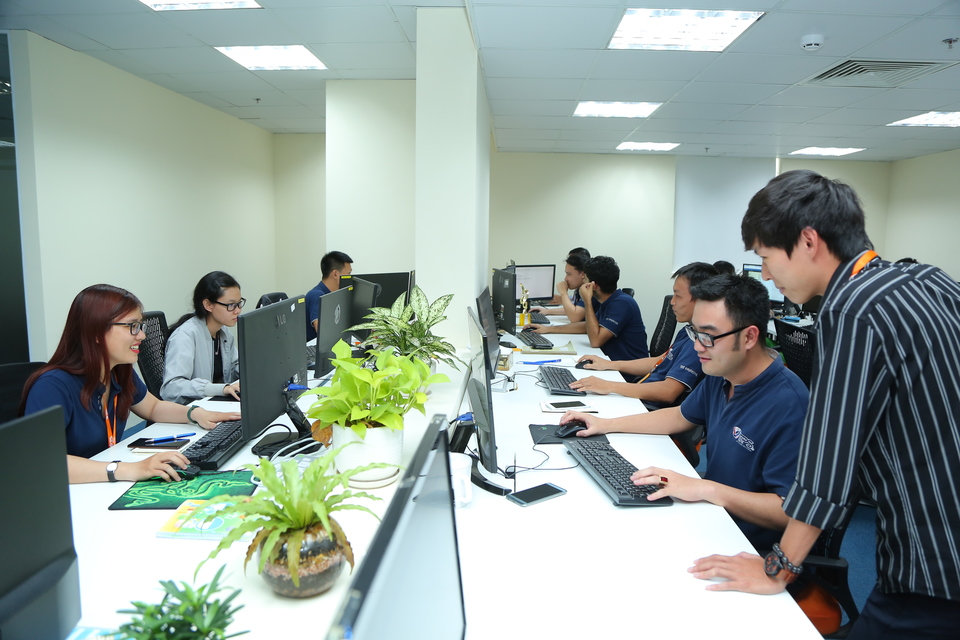
A dedicated development team (Offshore development center) is an outsourcing model that grants you access to a team of highly skilled talent and software development experts. In this model, you and your outsourcing partner share ownership of, and responsibility for project direction and deliverables.
Dedicated development team is 100% allocated to your project. The team works independently of your in-house team and is under management of the outsourced Project Manager. Offshore development center allows your outsourcing partner shares the risks and responsibility for the final deliverables.
You and your development team agree upon scope, responsibilities, outcomes, timelines, and service-level agreements upfronts.
The model enables flexibility and involvement throughout the process. By scheduling proper communication, you are capable of guiding the product’s direction and make decisions
When Is a Dedicated Team Model Best?
- When you have an in-house Project Manager with relevant experience. Since responsibility is shared with the outsourcing partner, it’s best that you have an experienced in-house Project Manager or Product Owner with a solid background in the area covered by the engagement.
- When you need technical expertise in a specific area. Your outsourcing partner can provide the technical expertise and insights you seek, adding value to your existing knowledge and working with you to arrive at the best possible solution.
- When you want to remain central to the decision making and development of your product/vision. You can stay involved and retain decision-making control, but not require going into details of the development process.
What Are the Advantages of a Dedicated Team Model?
Dedicated Team Model provides similar benefits as staff augmentation outsourcing, including access to top talent, significant cost efficiencies, increased flexibility and scalability, speed to innovation, and no recruitment risk. It also offers:
- Increased Control Over the Development Process: Given your shared ownership of the deliverables, a dedicated development team model allows you to retain more control over the development process than a more traditional project-based outsourcing model.
- Guaranteed Results and Deliverable Quality: Dedicated teams are able to shorten the development process without compromising your software’s quality thanks to the availability of talent software engineers dedicatedly working on your project.
- Reduced Time Commitment for You and Your In-House Resources: the outsourcing team frees you of the responsibility of managing your project on a day-to-day basis. And your assigned in-house Project Manager/Product Owner maintains control over his or her time commitment, given agreed-upon communication protocols and responsibilities.
- Improved Communication: Communication and coordination are core skills for any outsourced managed team. They may genuinely be BETTER at it than your internal team members.
- Reduced Risk Due to Proven Experience: In part, you’ll select your outsourcing partner to provide your managed team based on their proven experience with similar projects. Their experience helps to increase the likelihood that your project will succeed.
For more insights of Dedicated Team model, read the article: How to choose the best Offshore dedicated team for your business?
4. How to Choose the Best Outsourcing Model for Your Business
The most important factors to consider when choosing a software outsourcing mode in particular, stand out:
- The level of flexibility you require
- How much in-house expertise you have available
- How much time your in-house Project Manager/Product Owner can dedicate to the project
Before choosing a software outsourcing team, clarify those questions …
What Is Your Primary Business Need or Objective?
Start by identifying the central problem you need to solve. Different problems are fit for different models.
How Much Flexibility Do You Require, and in What Areas?
The different types of outsourcing models provide varying levels of flexibility in various areas (e.g., scalability, budgeting, access to expertise, timing).
Do You Have In-House Expertise in the Area Covered by the Project?
If you do, staff augmentation or a managed team may be the right choice. If you don’t, project-based outsourcing may be a better fit.
How Much Time Do You Have to Devote to the Outsourcing Relationship?
Staff augmentation models require the most attention, managed teams a medium amount, and project-based the least.
How Much Control Do You Want to Retain?
For full control (and management responsibility), staff augmentation may be the best fit.
For a high level of decision-making control without the burden of day-to-day management, consider a dedicated development team.
Finally, if you’re comfortable giving up control beyond ensuring that the outsourced team delivers according to your specifications, consider project-based outsourcing.
If you’re thinking about using outsourcing in your business but still don’t know where to start, we recommend exploring a staff augmentation engagement.
The relatively low level of commitment (as mentioned above, you can get started with just one resource!) makes it the perfect way to dip your toes in the outsourcing water without taking on significant risk. There’s no need to have cold feet!
In other words, when you find the right outsourcing partner, the right relationship-based outsourcing models often follow.
—————————————————————————————————————————————————————————–
We hope our sharing of software outsourcing models above may help you gain an overview about characteristics of each model and assist you to choose the best fit for your business
On the occasion that you are still confusing, drop us a message, we would love to give you a free consultation on the best model that maximize efficiency for your specific project
